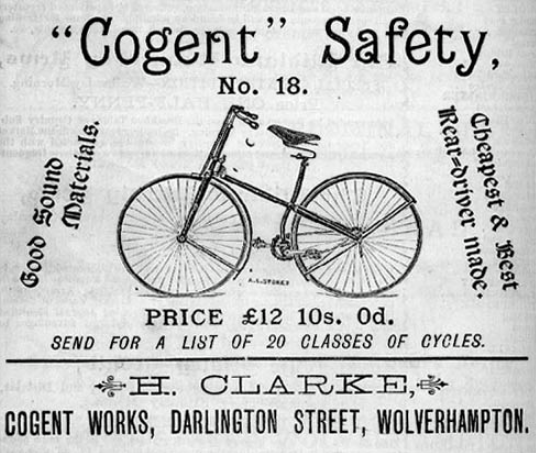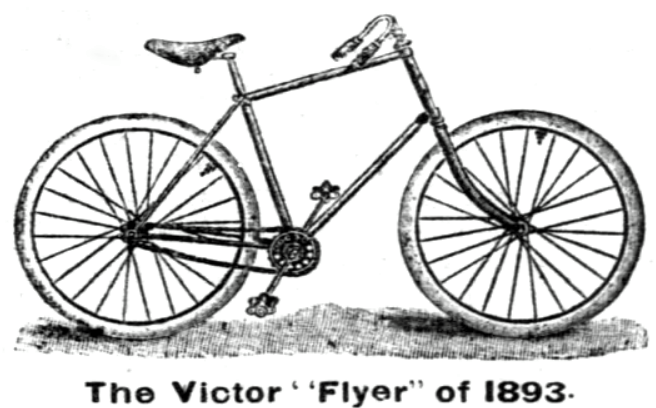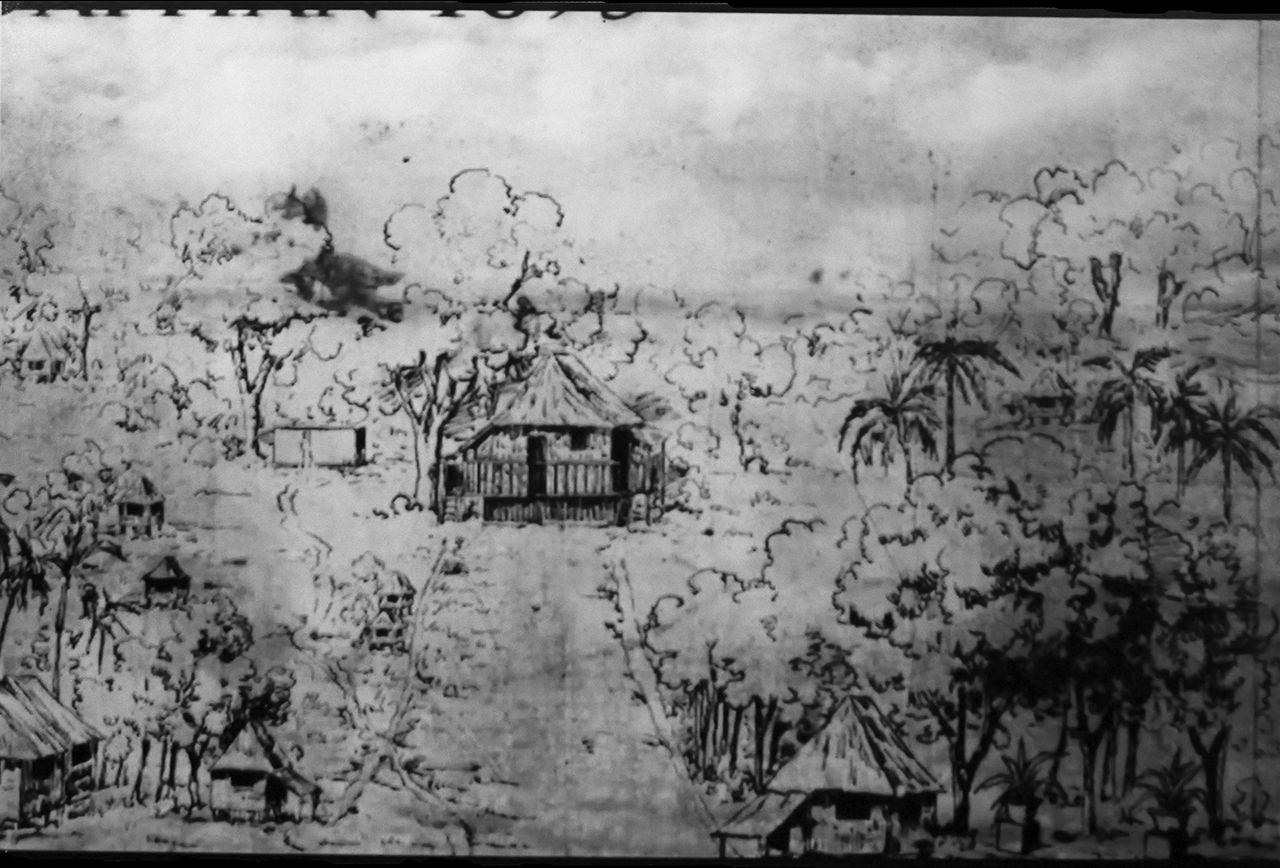By HOWIE G. SEVERINO
June 22, 2020
In the last year of his life, Jose Rizal yearned for a bike.
In late 1895, he had already been living as an exile in Dapitan in Mindanao for three years. For someone who was technically a prisoner, he led a full life: he ran a thriving farm and small progressive school, received regular visits from his family, enjoyed respect in the community as the only doctor around, and was living with the young woman he loved.
But he realized he lacked at least one thing: a bicycle.
In a letter from Dapitan on December 18, 1895, Rizal thanked his mother for the ham, wine and butter she had just sent him, and told her he was sending her local cacao and pickles.
Then he made a single request: “Please buy me a second-hand bicycle, neither very bad nor very good, and which would not cost more than 100 pesos. Pepe Leyva could do me the favor of buying one to use in my trips to the town.”
Rizal added that he would send his family the money for the bike.
The book of Rizal family letters translated into English that I have does not explain who Pepe Leyva was, but the young historian Eman La Viña referred me to a collection of the same letters in the original Spanish and Tagalog.
There in the end notes Pepe Leyva is identified as the son of a woman named Concha whom Rizal calls Tia in his letters, and includes this tantalizing detail:
“(Rizal) thought of asking Pepe to get him a bicycle because, back then, he was the champion cyclist of Manila and had already won two prizes in bike races in Pampanga and Cavite.”
Did Rizal share the blood of a champion cyclist? If they weren’t blood relatives, they were close enough family friends for Rizal to ask for that favor, mostly likely a special trip to the main commercial center of Escolta, then helping the family find a way to ship the bike all the way to Dapitan.
I’ve spent much of my life as both a Rizal buff and avid cyclist, but I had not imagined that these two passions would ever intersect. But there they did in a series of letters from Rizal to his family.

The Cogent Safety, a type of bicycle Rizal may have seen in London when he lived there from 1888 to 1889.

The Victor Flyer, a common type of bycicyle in the 1890s that may have been in Rizal's mind when he asked his mother to buy him one.
Less than a month later, Rizal would write his mother again. After lengthy paragraphs laying out his dream of the Rizal family living together again but this time in Dapitan, the dutiful son gently reminded his mother about the bike, this time insisting, “I don’t want you to give me the bicycle as a gift, but I want to buy it with my own money... for use in these very rough places.”
Rizal wrote his sister Trining on the same day, with much of the letter devoted to the positive qualities of his live-in partner, the 19-year-old Josephine Bracken, whom he could not wed because the religious objected to his political views.
“Miss J. is better than her reputation,” he wrote. “Until now, we have not quarreled, we are always happy and jesting. The public can say that it is a scandal; without doubt it is. It is scandalous to live better than many married people.”
Before this poignantly unapologetic defense of his domestic life, he mentioned the bicycle again. “I do not want a deluxe bike but a sturdy one that can run on sand and on these bad roads.”
Mind you, this was about a century before mountain bikes designed for trails and bad roads, and even longer before the fat bikes that could more easily traverse sand. Rizal’s pining for a bike spurred me to research what kind of bikes existed in those days.
It turns out that 1895 was an exciting time for bicycles, capturing the public’s imagination as a revolutionary, human-propelled machine. For previous decades in the 19th century, the most common bicycles (called “penny farthings”) featured giant front wheels with pedals. Riders had to climb on a precarious high perch; a bump or hole in the road could easily send the rider tumbling, sometimes causing serious injury. Helmets were still many decades away.
Then in the early 1880s came what became known as the “safety bicycle,” with two wheels of equal size, a seat closer to the ground, and an ingenious new chain drive system that enabled the rider to bike faster with less energy. It was less prone to accident and thus its name. Inflatable or pneumatic tires were invented a few years later, creating a much smoother ride and propelling the safety bike to global popularity.
It was the prototype of the modern bicycle that we see today.

An illustration of Rizal's estate in Dapitan. Museo ni Jose Rizal
And that’s probably what Rizal saw while travelling through Europe and America from 1882 to 1891. But I have yet to find a reference to bicycles in his voluminous letters, postcards and diaries during those travels. Surely, he must have learned how to ride sometime in those years and remembered the sublime sensation of balancing on two wheels for the first time.
Perhaps it was that sensation, or the simple joy of riding as free as the wind, which made him want a bike in his frontier place.
But note that he did not want a fancy or expensive bike, only a sturdy, second-hand one that he could use to ride from his farm to the town and back, or from his home by a pristine river to the sea, a half hour walk according to his own estimate but probably only a ten-minute bike ride.
In this practical desire, he’s not much different from the many today in this time of lockdown who have come to rely on cheap bicycles for transport. In ways big and small, and sometimes in the form of revelatory tidbits found in letters to loved ones, Rizal will charge into our lives with a burst of relevance.
His wanderlust and quest for freedom finally led him to volunteer to be a medical doctor in Cuba, which was approved by the Spanish colonial government. He left Dapitan on August 1, 1896, four years after he arrived.
In one of his last known letters to family from Dapitan, which was undated, Rizal updated his older sister Lucia on the progress of her two young sons who were sent to live and study with Rizal. The letter captures the kind of holistic education that he was giving his students.
“Your sons send you letters written by themselves without dictation. They are studying fractions. They already speak English. They swim a great deal, especially Osio. Tanis dives very well and he is nimble like a fish. I’m sorry I have no horse or bicycle to teach them how to ride.”
He never got his bike.
Soon after he departed Dapitan, the Philippine revolution began. Rizal was arrested on board a ship and brought back to Manila to be tried for “inciting” a rebellion he did not join. He had spent the previous four years quietly dedicated to family and the local community, and wishing for a faster way of moving around.
He was executed before the year ended, on December 30, 1896.
In-depth special reports and features showcasing the best multimedia storytelling from GMA Integrated News.